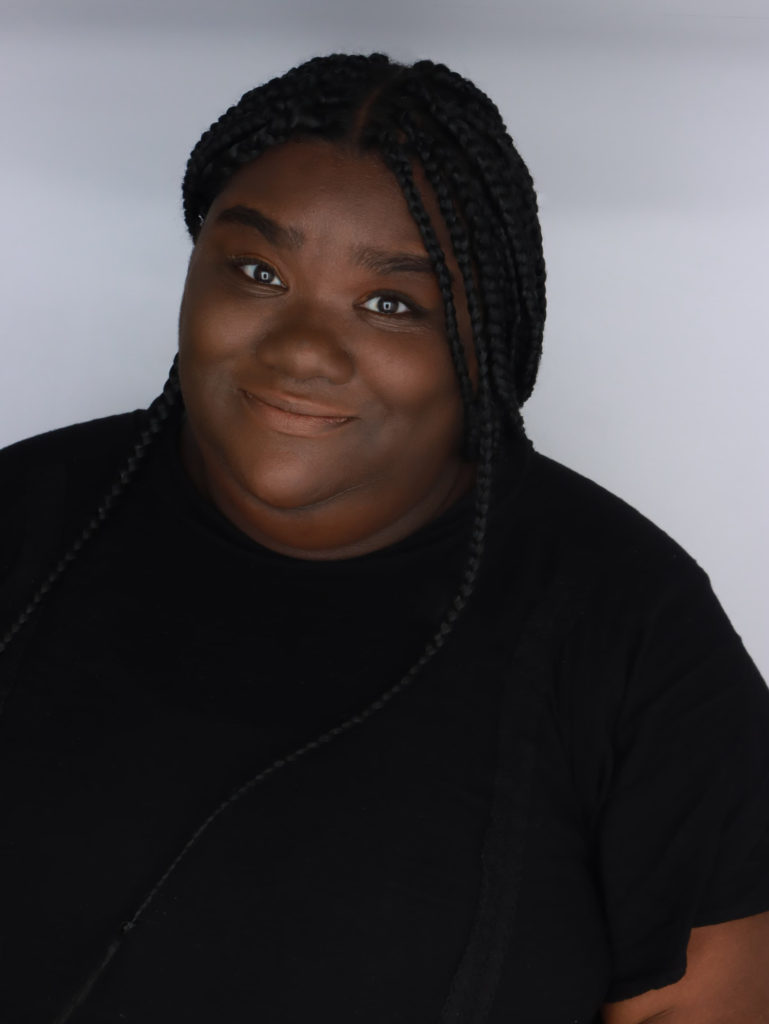
Mars’ poem, “you’ve never been more of an ocean than right now,” was featured in our Fall 2022 edition of Short Vine. Read to learn more about Mars’ writing process for this poem.
1. Short Vine’s Fall 2022 edition focused on dreams, nightmares, and bouts of deja vu. Writers were asked to explore their contemporary reality. How did you interpret the theme, and how did that interpretation impact your writing process?
Dreams and reality are not mutually exclusive concepts for me. My most interesting work pulls out the most absurd, heartbreaking, or joyous parts of life and unravels them, knitting them back together into something less grounded. This poem has a foot in reality; I stood on the edge of Lake Michigan with a dear friend and looked to the horizon. But it also contemplates that moment in a more abstract way.
2. Water and the sense of self seem to be key components in your poem. Tell us about the significance of this intersection for you.
Water is captivating to me because it bears life and ends it. Most things we need to live can kill us if we get too much of it. So, water is not unique in that regard, but we know its sound and its feel so intimately. We are composed of water, but we still thirst for it. I think humanity as a whole is the same. We are composed of individuals and desperately seek connection with each other in some way.
3. Your poem is formatted in seven stanzas, six with six lines, and the last stanza has three lines. Why did you choose this form?
“you’ve never been more of an ocean than right now” is a sestina! Each line of a stanza ends with one of the same six words and each stanza features those words in a different order. The envoi of a sestina, or the last three lines, are optional and traditionally feature all six of those words. One great sestina is “A sestina for a black girl who does not know how to braid hair” by Raych Jackson.
Sestinas are pretty challenging, so I wanted to try tackling one. There is something especially revealing about sestinas. What words we choose, if we deviate from the pattern, and how we do are steeped in identity. The repetition can be telling
4. You include the word “bodies” in each stanza and often rely on visual descriptions in each stanza. Tell us about the process of creating these stanzas. Was the repetition of bodies intentional? Do you often focus on creating a visual image for readers to imagine?
The word “bodies” is a big part of how water is used as a theme in my poem. It accentuates how much water we carry in our bodies and how often we marvel at bodies of water. There would be a special freedom in giving ourselves, vessels of water, the same appreciative look as we would a beautiful lake. I liked the idea of all of us possessing the beauty of the ocean’s horizon and the possibility that lies there. I tried to use imagery to make that sentiment more fantastic and less prescriptive.
I always tend to focus on imagery of the body. I have written a work based on pictures of my mother’s arthroscopy for example. I’ve come to appreciate poetry for its ability to turn both the reader and the poet inside out, baring all. I try to write poetry that evokes that with imagery.
5. You choose not to use punctuation or capital letters, and it works well. Why did you choose this format? t’s rare that I capitalize words in my poems. Capital letters feel so weighted to me. Think about it. Proper nouns are capitalized and even the word ‘proper’ feels so substantial and binding. I think there’s freedom in letting the words run together. It’s fun to present my name without capital letters, as if I am simply an idea, with no ending or beginning. It always felt right to let that extend to my work. When I do capitalize, I am deliberately telling my reader to look and consider this, to remember this capitalized thing. But you can just drift with this sestina; hold on to it, then let it go and forget it entirely—that’s the intention.
6. Do you have a favorite stanza or line in this piece?
I enjoy the envoi of this poem: “a spectrumed horizon, this water, is in our bodies/that’s my thought now, about the cages in people/the glint of water’s light is ripping through that space.” I think it encompasses the whole poem. More importantly, whether it is a mountain range or an expanse of water, a scenic view of the horizon always feels so empowering. In those moments, we remember the world is ours. I hope that feeling lies somewhere in this piece.
7. Where do you find the most inspiration for your work? How do you overcome roadblocks you run into when writing?
In all honesty, in the face of a writing roadblock, I reach out to an old teacher. That could be a friend, a parent, an actual professor, or just a piece of work you learned a lot writing. I have held onto assignment descriptions, knowing they could generate more than one story or poem. Some of my best work is simply from completing an old assignment again. Don’t be afraid to look back and challenge yourself to improve the work you’ve completed. You might end up teaching yourself something new.
8. Do you have any advice for writers considering submitting their pieces? How do you deal with rejection?
Oh god, I don’t. Rejection is going to hurt. It will hurt every time. But I like to think that it is a lot like grief, which I’ve confronted more than I should have in the last year. It’s not that the pain gets better, but you get used to it. Imagine if a fear of grief stopped you from loving your family, starting a relationship, or making friends. Submitting work is another form of building a relationship. You are seeking a connection, despite any pain it might bring. As a writer, that connection you have with a reader is worth risking rejection. They deserve to read your work, and you deserve to have it read.
